The whole family has cancer
Discovering a tumor in her right breast in 2024 but thinking it was benign, Ms. THN (41 years old, living in Binh Duong ) did not go to the doctor. It was only when the tumor grew rapidly and caused pain in 2025 that she went to the hospital for a check-up.
Illustration photo. |
At the Department of Breast-Head and Neck Surgery, Master, Doctor, Specialist I Huynh Ba Tan, Tam Anh General Hospital, Ho Chi Minh City, determined that the tumor showed signs of malignancy. Ultrasound and mammography results showed that the tumor was 5cm in diameter, with blood vessels, one of the warning signs of cancer. A biopsy later determined that she had stage 3 endocrine breast cancer.
Not surprisingly, three people in her family have had the disease: her aunt had breast cancer in 2010, her cousin in 2018, and her sister in 2019, at the age of 45. Although she does not carry the BRCA gene mutation, having many relatives with the disease has put her in a very high-risk group.
“For patients with a family history like Ms. N., the risk of cancer and recurrence is higher than normal, especially when the disease is detected at a late stage,” said Dr. Tan.
After 6 cycles of chemotherapy to shrink the tumor, Ms. N. was assigned to 5-in-1 integrated surgery, a medical advancement that helps reduce the risk of recurrence and improve quality of life. The 6-hour surgery included removal of the cancerous breast, a spare breast on the other side, axillary lymph node dissection, laparoscopic oophorectomy, and bilateral breast reconstruction with breast implants.
The surgical team includes breast surgeons, endoscopic surgeons and anesthesiologists working together to ensure maximum safety for the patient.
The surgery not only completely removed the cancerous lesion, but also helped Ms. N. reduce her self-consciousness, shorten the treatment time, and limit the risk of having to undergo multiple surgeries in the future. She will continue radiation therapy and endocrine therapy after surgery to prevent recurrence or distant metastasis.
According to Dr. Tan, family factors are one of the notable risks: about 5% of breast cancer patients have genetic factors. People whose mother, sister or daughter had breast cancer before the age of 50 have twice the risk of getting the disease as normal people. People with second-degree relatives such as aunts, grandmothers also have a higher than average risk.
A large study from the U.S. National Library of Medicine found that a prophylactic contralateral mastectomy reduced the risk of cancer in the remaining breast by up to 96%, especially in women with multiple relatives with the disease. In women with BRCA1/2 gene mutations, the surgery reduced the risk of death from breast cancer by nearly 50%.
However, there is currently no standard protocol for prophylactic mastectomy. This decision is usually made based on consensus between the patient, family and doctor, after careful consultation about the benefits and risks.
Dr. Tan emphasized that not everyone at risk will get the disease, but early screening is crucial. Women from 40 years old should have annual breast cancer screening.
For people at high risk, screening should be earlier, especially daughters of people who have had the disease, should be screened 10 years earlier than the age at which the mother was diagnosed.
Ms. N.’s case is a wake-up call for many women. Early detection or proactive prevention with modern medical measures can make a difference in survival. Cancer is not the end, if we dare to face it and act promptly.
Stroke due to strange disease
A woman in Quang Ninh was admitted to the hospital with left-sided paralysis, difficulty speaking, and severe headache. Doctors at Bai Chay Hospital diagnosed her with acute cerebral infarction due to Moyamoya. This is an extremely rare but dangerous cerebrovascular disease that, if not detected early, can leave serious sequelae or death.
MRI and cerebral angiography results showed that the patient had bilateral middle cerebral artery stenosis, a characteristic sign of Moyamoya. The patient was immediately treated according to stroke protocol, combined with early resuscitation and rehabilitation. Thanks to timely detection, after a few days, the patient gradually recovered mobility and communication ability, avoiding serious complications.
According to MSc. Dr. Giap Hung Manh, Head of the Department of Neurology, Physical Therapy and Rehabilitation, Bai Chay Hospital, Moyamoya is a rare cerebrovascular disease, characterized by the gradual narrowing or blockage of the internal carotid and middle cerebral arteries, causing the brain to form tiny collateral blood vessels to maintain circulation like a hazy haze in an angiogram, which is also the origin of the name "Moyamoya" (in Japanese).
The disease is common in young people, progresses silently, and can easily lead to stroke, infarction, or cerebral hemorrhage if not detected and treated promptly.
Dr. Manh warned that people need to pay special attention to early signs of cerebrovascular disease such as: prolonged headaches, numbness and weakness in the limbs, transient blurred vision, slurred speech, transient ischemic attacks, unexplained fainting or convulsions - especially in children.
When acute neurological symptoms such as hemiplegia, facial distortion, severe headache, difficulty speaking appear, the patient should be taken to the hospital within the first 3 - 4.5 hours, which is the golden time to save lives and limit sequelae.
In addition, people at high risk such as high blood pressure, lipid disorders, diabetes, smoking, family history... should have regular cerebrovascular screening and maintain a healthy lifestyle to protect the brain from dangerous events.
Saved from a rare complication of Lupus
A 14-year-old patient with systemic lupus erythematosus (SLE) was recently miraculously saved by doctors at Bach Mai Hospital after experiencing an extremely rare complication called diffuse alveolar hemorrhage (DAH), which only occurs in about 2% of lupus patients, but can lead to rapid death if not treated promptly.
The child was diagnosed with SLE and was treated stably at a medical facility. However, just three days after being discharged from the hospital, he began coughing up fresh red blood continuously, accompanied by a mild fever. His condition rapidly progressed to difficulty breathing and fatigue. When admitted to the Pediatric Center, Bach Mai Hospital, he was in a state of severe respiratory failure (SpO₂ only 80%), severe anemia (Hb only 40 g/L), and unstable hemodynamics.
Although a bronchoscopy was not possible due to the critical condition, based on chest X-ray and CT images (diffuse ground-glass lesions), along with immunological tests showing active lupus, the doctors determined that the child had a complication of DAH. This is a condition in which blood overflows into the alveoli, where oxygen is exchanged, causing the patient to have acute difficulty breathing, rapid anemia, and a risk of death within a short period of time.
Faced with a life-or-death decision, the medical team opted for a strong treatment regimen: high-dose methylprednisolone combined with cyclophosphamide. This is a powerful immunosuppressant drug commonly used to treat life-threatening lupus complications such as encephalitis, nephritis, or DAH.
After 5 days of intensive treatment, the patient stopped coughing up blood, had no fever, no longer needed a ventilator and was recovering well. He has now been discharged from the hospital and continues to be monitored for outpatient lupus treatment.
Doctors attributed the case's success to early recognition of the rare complication, correctly distinguishing it from pulmonary hemorrhage due to infection, which was crucial because the treatment approaches were completely opposite.
If misdiagnosed, the use of immunosuppressants can make the infection worse and threaten the patient's life. Associate Professor, Dr. Dao Xuan Co, Director of Bach Mai Hospital, said this is a medical achievement, a clear demonstration of the determination, responsibility and high level of expertise of the medical team at the end of the line.
Source: https://baodautu.vn/tin-moi-y-te-ngay-87-tam-soat-som-de-dieu-tri-ung-thu-kip-thoi-d325832.html




![[Photo] Cat Ba - Green island paradise](/_next/image?url=https%3A%2F%2Fvphoto.vietnam.vn%2Fthumb%2F1200x675%2Fvietnam%2Fresource%2FIMAGE%2F2025%2F12%2F04%2F1764821844074_ndo_br_1-dcbthienduongxanh638-jpg.webp&w=3840&q=75)











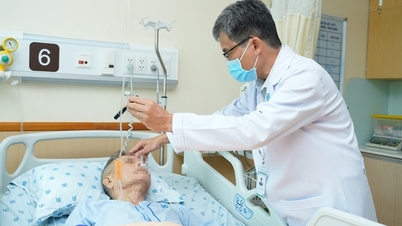





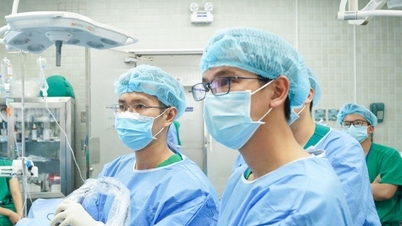


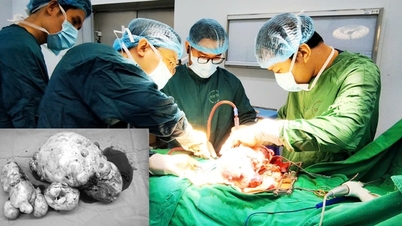
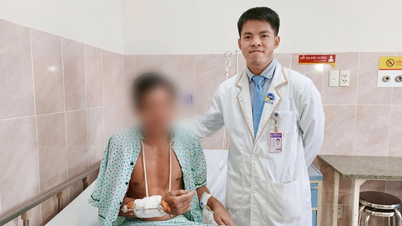







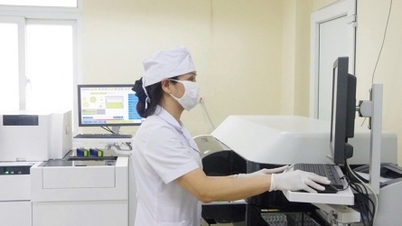






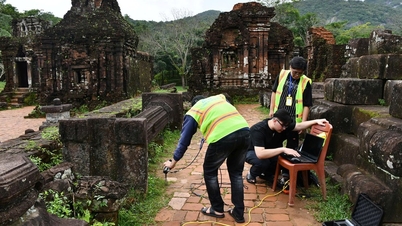

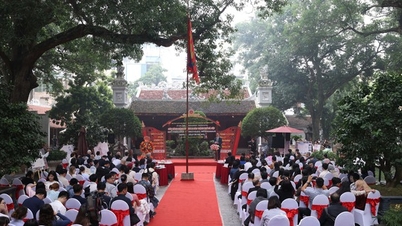






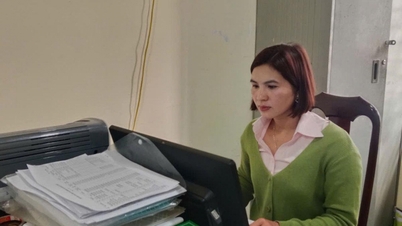

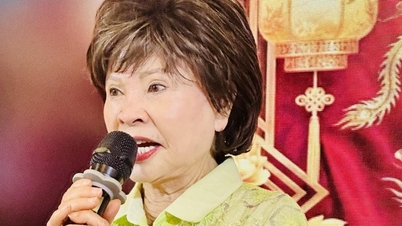

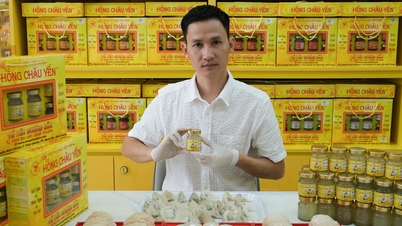

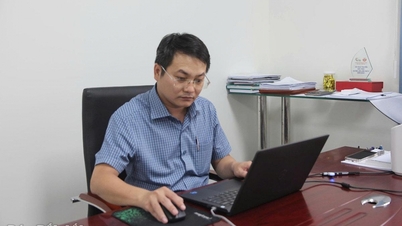


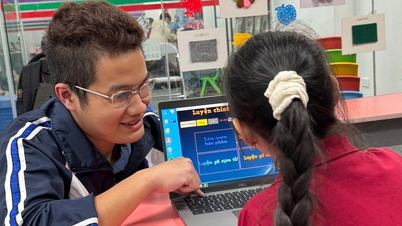
![[VIMC 40 days of lightning speed] Hai Phong Port determined to break through, reaching the target of 2 million TEUs by 2025](https://vphoto.vietnam.vn/thumb/402x226/vietnam/resource/IMAGE/2025/12/04/1764816441820_chp_4-12-25.jpeg)


































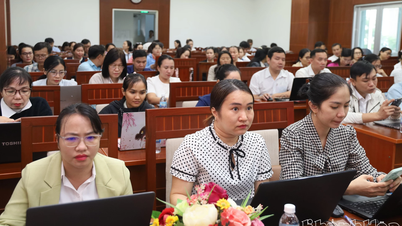





















Comment (0)